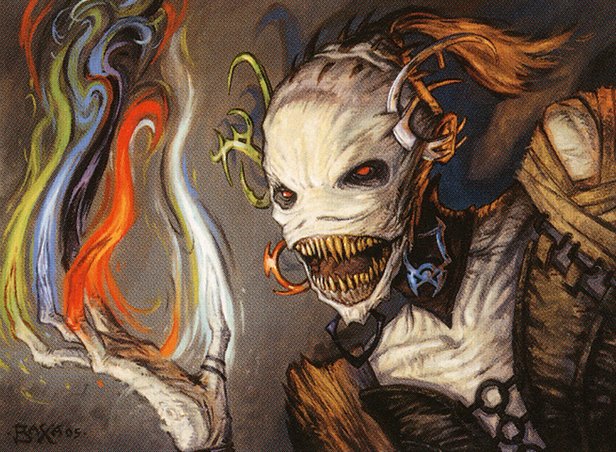Last post I prepared a Monster of the Week Halloween one-shot adventure using the templates and tools in the MotW rulebook. My group and I had no experience with the system going into our session. Over a three-hour session we made characters and got through about half of the mystery I had prepared. Overall, my players enjoyed the conversational style of a Powered by the Apocalypse game.
In this post I’m going to reflect on what went well and what didn’t. I’ll keep a focus on how I can prepare a better session for part two. If you have any MotW advice for me, contact me on Mastodon: @[email protected]
Introducing the System
Two members of my play group are experienced TTRPG players while the other two are new to the hobby. Before the session, I made a one-pager for the adventure and shared descriptions of the playbooks (MotW, 18-19) with my players. I asked them to read the playbook descriptions think of character concepts without worrying about mechanics. Once we were seated I explained the core resolution mechanic of the game and we filled out playbooks. This “need to know” approach worked well. We got up to speed quickly.
Cold Open
I pitched my group on Monster of the Week by saying it’s for telling episodic stories like Buffy or X-Files. To that end, I thought a cold open could introduce the players to the system and allow them to introduce their characters. I began in media res with the gang cornering a Chupacabra in a barn. I asked who discovered its weakness and who lured it into the trap. After that, I let the party beat the snot out of the Chupacabra. The fight ended, fittingly, with the Spell Slinger rolling a magical mishap and burning down the barn, Chupacabra and all.
I liked the cold open, the players got to learn how to fight and protect each other in a low stakes encounter. If we were running MotW as our regular game, we might have run the whole the first session as the Chupacabra hunt to learn the system. The encounter worked as a rules introduction and only took about 15-20 minutes.
My cold open took the place of the more character focused introductions that the MotW prescribes. I had planned to go from cold open to character introductions to plot hook, but at the table I felt rushed and skipped ahead to the plot hook. I can make this work for part two. I’ll open part two with the players hanging out at their clubhouse putting the pieces together. I’ll have them go around and do the MotW introductions.
The State of My Notes
I thought my notes were in a good place, but I really could’ve improved upon them. My notes consisted of the filled-out mystery template from last post, a map of locations, and a list of secrets and clues. I run without a GM screen, so I kept my notes folder closed most of the time. This was a mistake, both in what I prepared and how I had it with me. Fortunately, I get to do a second session!
One of the things I missed right away was names. My players would ask what some random person’s name was and I’d lock up for 30 seconds while I pulled together a name. This is easily remedied. Next session I’ll bring a single page stuffed with names.
I feel like my location descriptions were lackluster–especially because in MotW they’re supposed to convey a sense of horror. For example, the party broke into a cultist’s house where a ghoul was hiding. The cultist had painted the windows black to keep out the sun. I described the house from outside, but my descriptions started falling away after the party entered the home. Afterwards I thought I could have upped the creepiness of the place by describing the interior. Cans of spray paint littered around, claw marks on the hardwood floors, etc. To remedy this I’m going to prepare my locations in the fashion of Mike Shea at Sly Flourish. I’ll attach a couple descriptive tags to each location to help me improvise details.
Looking Forward to Part Two
The party finished part one after tracking down the ghoul and discovering the cult’s plan. A second session can really benefit us because I can make our second session a response to the party’s actions in part one. Through some bad rolls in part one they alerted the cult to their investigation. The cult can make a move against the players.
Most of all, I now know my players’ characters. I can take elements of their backstories and weave those into the plot.
The biggest pitfall for me to avoid in part two is letting scenes drag on past their utility. I’ll need to be mindful of pacing to keep advancing the plot so that we get to the climactic ending with plenty of time for the party to shine.
On the way out, one of my players remarked to me that they liked the simplicity of Monster of the Week. They felt it was a good system to introduce TTRPGs to new players. I’ve got to agree. 5E D&D, as streamlined as it is compared to previous editions, still has tons of rules. If I’m ever running a one-shot for new players in the future, I’ll adapt it to a rules light system.
Want to chat Monster of the Week with me? Find me over on Mastodon @[email protected]
Feature Image “Vesper Ghoul” by Thomas M. Baxa copyright 2006 Wizards of the Coast

